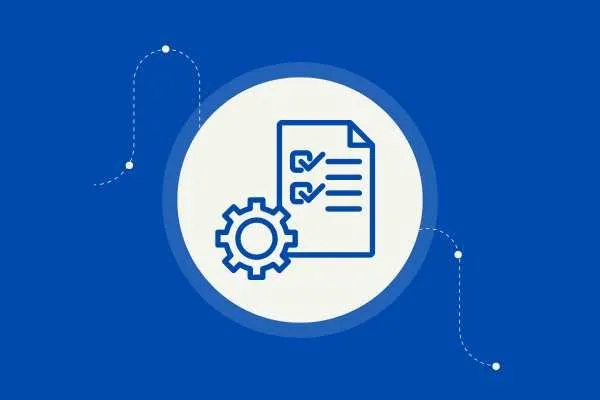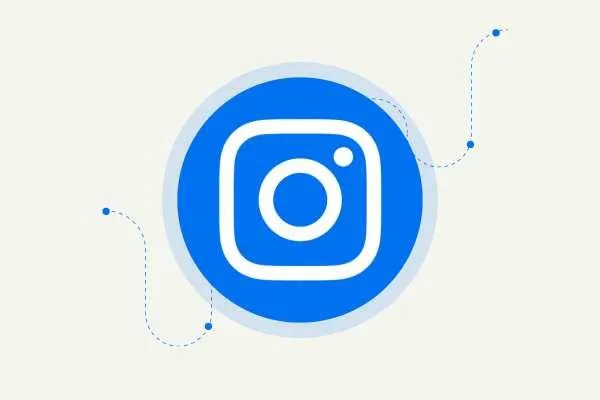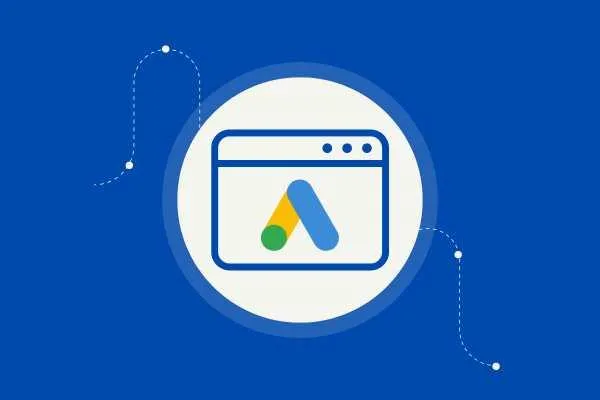What Is a Course Creator Operating System?
Discover how a Course Creator Operating System helps you streamline your online teaching business, delegate with clarity, and scale without burnout.

Discover how a Course Creator Operating System helps you streamline your online teaching business, delegate with clarity, and scale without burnout.

Stop chasing TikTok trends and start building a content system. Learn how course creators can use repeatable formats, SOPs, and batch workflows to grow without burnout.

Grow your course business on Instagram without daily stress. Build a scalable content engine that batches a month’s posts in a day, engages followers, converts leads, and frees your time.

Still managing Google Ads manually? Build a system your team can run—so you scale your course business without wasting time, money, or becoming the bottleneck.

Copyright © 2025 Online Course Agency. All rights reserved.
We use cookies to help improve, promote and protect our services. By continuing to use this site, you agree to our privacy policy and terms of use.
This site is not a part of Facebook website or Facebook, Inc.
This site is NOT endorsed by Facebook in any way. FACEBOOK is a trademark of FACEBOOK, Inc.